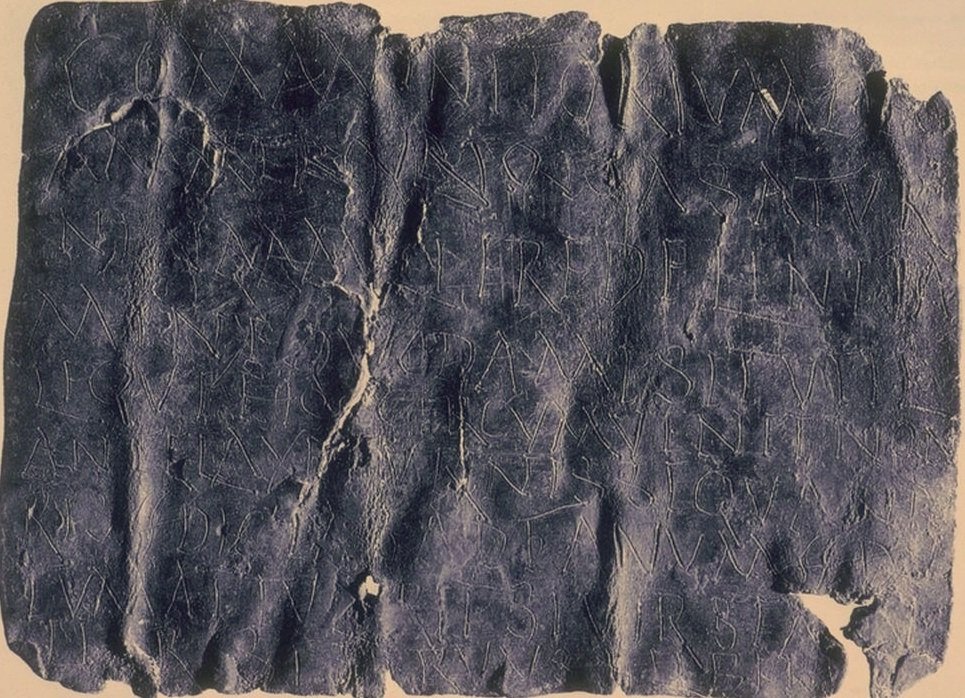On the afternoon of the very first day when we were finally allowed to go out after months of nationwide quarantine I went out for a walk and came across an abandoned luggage of discarded shoes and garments by the roadside at the foot of the Roman aqueduct. I took a picture of it. And then it was as if in that very moment I saw a fugitive map in which you and I were reconciled forever.
There is something beautifully unsettling yet at the same time accommodating in the image of discarded shoes and garments, as though in their very abandonment is preserved a nameless, uncharted destination beckoned in the language of migrants. Perhaps I, a migrant, glimpse in it something piercingly familiar. An image of leaving, a door opened and never closed again, a trace of what was lost and found and lost again. So elegiac is the image that each pair of shoes, each wear and tear of a garment, seems like a testament of a certain destination reached, neglected, dreamed of, cancelled, imagined. The mute chroniclers of migrations whisper, “Where do we belong?” The narrators the ravaging dusts, the wordless piles of tree trunks - the waning afternoon light polishing their faded colors. The presence of these objects is a proof that there was once a body that wore them. And the absence now of that body is a proof that these objects were loved. Making their way home into this image, absence and presence meet astonishingly with the familiarity of old friends, guided by a migrant pain that negotiates the intimate and inexorable transaction between leaving and arriving. The pain that insists that these objects are not supposed to be here. Our lives grew in time to resemble an abandoned luggage: we wear the vestiges of leaving and the promises of the things we left behind.
Now in this historical moment of dying (has there been a moment in history unpunctuated by death?), when the pandemic has restricted our movement, our travels, this image somehow carries me to you despite the cruel circumstances that separate us. It is as if the discarded shoes and garments send a message of consolation, of waiting—that there is no stronger attachment than the thing that is let go, no presence more clinging than the memory in which we have gone missing as well, no place more familiar than this site of abandonment where remembrance keeps returning. As if the incalculable distance between us were simply a home.

